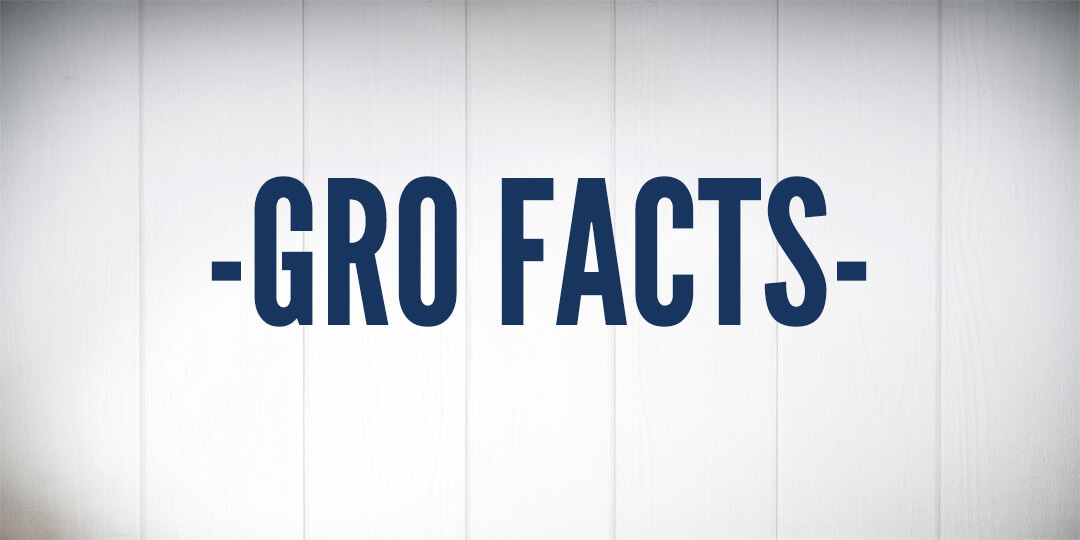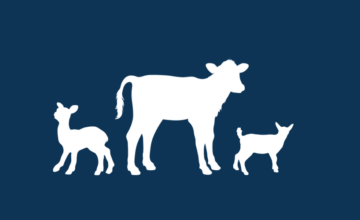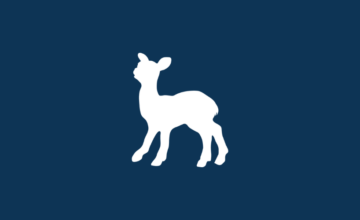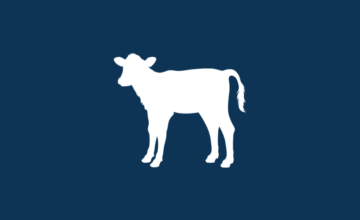Cold Stressed Calves & Hypothermia
- May 21, 2013
- By Grober Nutrition
- In Canada, USA
The USDA estimates that 95,000 calves die each year of hypothermia. It may be more common in calves than is recognized and proper diagnosis, treatment and prevention are critical to calf survival.
Mild Cold Stress or Hypothermia
At this stage of cold stress we observe vigorous shivering. If we look carefully we will 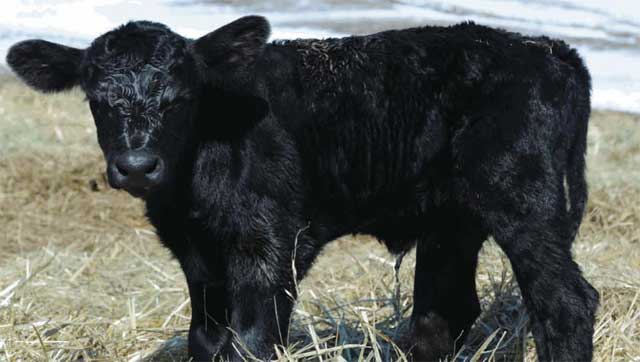 see pulse and breathing rates above normal. Recall that the normal pulse rate of a calf at rest falls in the range of 70 to 100 beats per minute; normal breathing rate of a calf at rest falls in the range of 20 to 40 breaths per minute. These calves are likely to have a body temperature around 100°F (38°C) rather than the more normal 102°F (39°C). Check for an excessively cold nose. Cold hooves, too, are a clue that blood is being diverted away from extremities.
see pulse and breathing rates above normal. Recall that the normal pulse rate of a calf at rest falls in the range of 70 to 100 beats per minute; normal breathing rate of a calf at rest falls in the range of 20 to 40 breaths per minute. These calves are likely to have a body temperature around 100°F (38°C) rather than the more normal 102°F (39°C). Check for an excessively cold nose. Cold hooves, too, are a clue that blood is being diverted away from extremities.
Severe Hypothermia
At this stage of cold stress shivering may slow or even stop. Shivering is replaced by rigidity -muscles are stiff. Nostrils will be cold and pale. If standing, calves may be clumsy and act confused. They are unlikely to suckle. Pulse and breathing rates continue to slow. Body temperature continues to fall below 100°F (38°C). Textbooks tell us that at the mid-90°F (mid-30°C) level the vital organs are chilling. Even the brain is beginning to get cold.
Diagnosing Cold Stress or Hypothermia
Due to hormones that accompany birth, calves experience a surge of energy and are able to stand 30 to 60 minutes after delivery. After a hard birth many calves look okay until these hormone levels drop. They look and act normal. Then, after 15 or 30 minutes they may get progressively weaker, have a weak suckle response and be unable to stand. Often their body temperature has begun to slide down to 100°F (38°C) or less. Definite diagnosis? Take the calf’s temperature. Pre-weaned calves are more likely to experience hypothermia where there is sustained loss of body heat. In outdoor housing calves that get wet, lie on cold bedding or experience windy conditions can lose more heat than they can generate1. In naturally ventilated calf barns, winter temperatures combined with drafts and poor bedding may cause gradual hypothermia. Definite diagnosis’ Take the calf’s temperature.
Treating Mild Hypothermia
Warm up the calf. For newborn calves the first step is to make sure the calf is dry to stop evaporative heat loss2. Rubbing the calf vigorously with clean dry towels not only gets the calf dry but also stimulates higher pulse and breathing rates. I like to add a clean, dry calf blanket, too. The second step is to feed plenty of high quality, clean, warm colostrum to warm the calf from the inside. A third step may be to put the calf in a warm environment until its temperature is back up to 102°F (39°C). Warm rooms work. Commercial calf warmers work. Boxes with heat lamps work. Remember, however, the calves need to go back into their cold environment as soon as their body temperature comes back up to normal. Monitoring calf temperature is a best management practice, calves headed for cold housing need to go there as soon as they get back to “normal” temperature. How about pre-weaned calves that have experienced a steady loss of body heat? Feed 102°F (39°C) body temperature milk. Offer equally warm water. Add a calf blanket. If needed, try temporary residence in a warm room (not on a cold, wet concrete floor, however). Adding a heat lamp to a hutch can work, too. Treat hypothermia promptly. Body reserves of energy are severely depleted in cold stressed calves. They will gain weight slowly. Most importantly, their body defenses against infections are likely to be weakened. They need to be watched closely for infections for at least two weeks after a hypothermic event.
Prevention is better than treatment
Minimizing the effects of a hard pull through good calving management practices will help our dystocia calves. Prompt and thorough drying of these calves along with timely colostrum feeding will go a long way to reduce cold stress. Pre-weaned calves can stand a lot of cold without developing hypothermia if: (1) we feed enough to meet both maintenance and growth needs, (2) their bedding is clean and dry, (3) they have enough bedding to prevent heat loss down through the bedding, (4) their hair coat is dry, and (5) air movement provides fresh air but does not carry away too much heat.
By Sam Leadley, PhD, PAS Sam is a graduate of Cornell University and is a consultant on Calf/Heifer Management at Attica Veterinary Associates in Attica, N m York. Sam writes “Calving Ease”, “Calf Facts” and “Calf Care Skills”. He runs the Colostrum Quality Control Program for dairy farms committed to TQM and willing to apply HACCP methods to colostrum management. Sam also lectures and teaches classes in calf management throughout the Northeast and Midwest USA.
Grober Nutrition
Recent Posts
Tags
Archives
- October 2024
- July 2024
- May 2024
- April 2024
- January 2024
- December 2023
- October 2023
- September 2023
- August 2023
- June 2023
- December 2022
- November 2022
- October 2022
- August 2022
- July 2022
- June 2022
- May 2022
- April 2022
- March 2022
- February 2022
- January 2022
- August 2021
- February 2021
- September 2020
- June 2020
- April 2020
- May 2017
- April 2017
- October 2016
- September 2016
- August 2016
- March 2016
- March 2015
- January 2015
- December 2014
- December 2013
- September 2013
- May 2013
- January 2013
- December 2012
- November 2012
- March 2012
- March 2011
- February 2011
- November 2010
- August 2010
- December 2009
- November 2009
- March 2009


